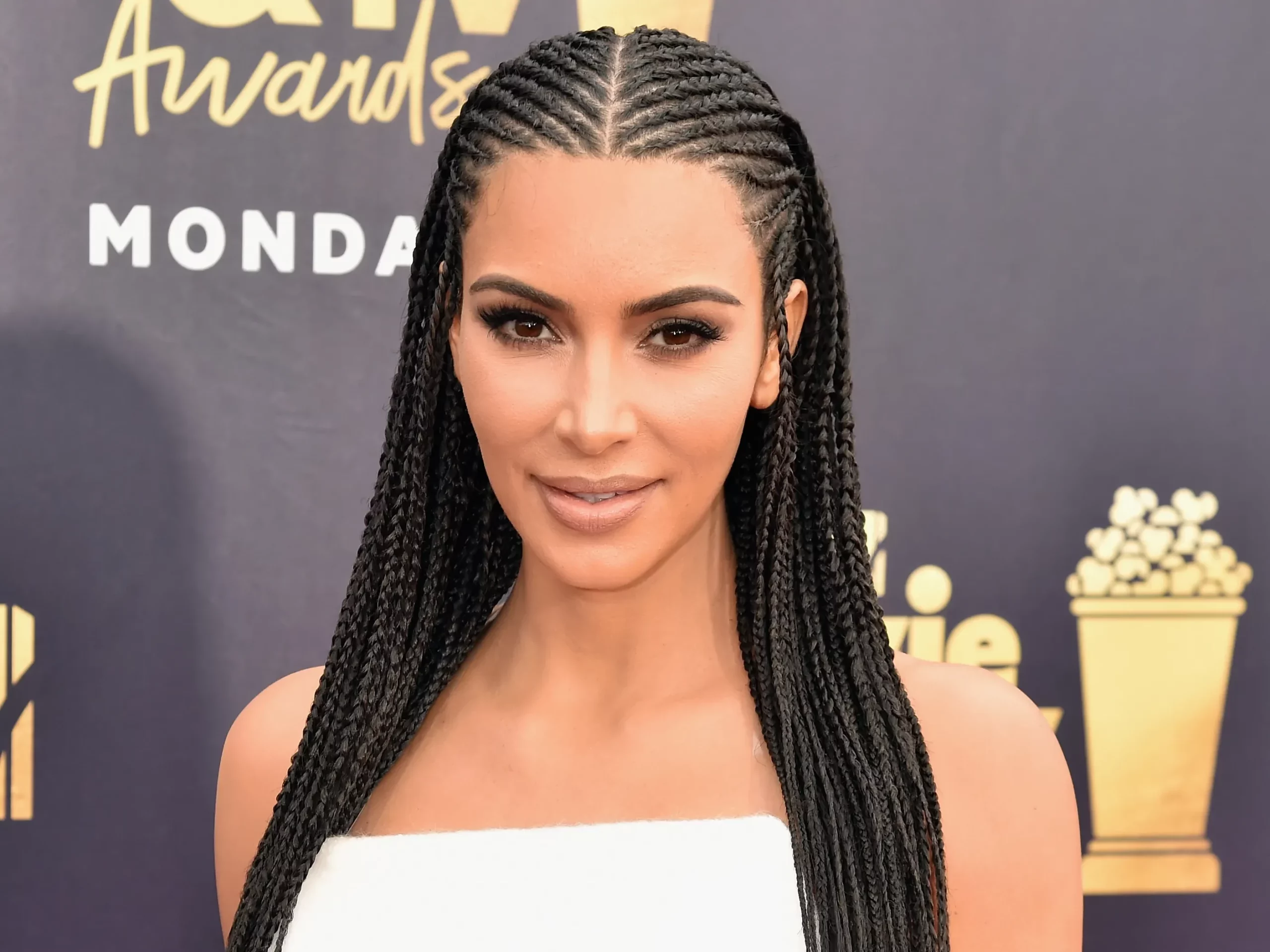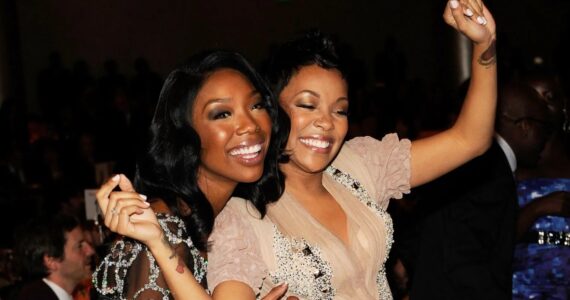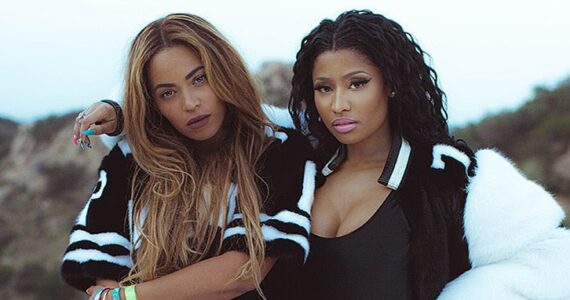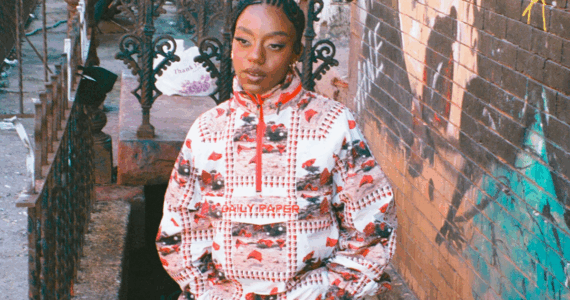Celebrities tend to always get away with a lot because of their social standings in society. However, social media folks are always ready to drag somebody when it comes to culture. Whether it’s in a music video, at a festival, or just on their Instagrams, celebrities seem to constantly be appropriating cultures. Here’s a list of 11 celebs who were found guilty of using other cultures for their own gain. Celebrities such as Rihanna, Beyonce, Taylor Swift, and more are some of the people who’ve been called out for this.
Culture Appropriation
Imagine somebody taking a few pieces out of a jigsaw puzzle and walking away, confidently insisting they don’t need the rest to make up the whole picture. That is what happens every time celebrities participate in cultural appropriation. It is important to recognize that people of color have been downtrodden for simply existing and disparaged for their cultures. When non-people of color want those cultures—because they are undeniably beautiful—for themselves yet ignore the labor and oppression those people had to endure, that becomes a problem.
Kim Kardashian
Kim has been called out many times for rocking what she once called Bo Derek braids. However, she has just always continued to wear them. “I’ve definitely had my fair share of backlash when I’ve worn braids. Sometimes I think maybe if you don’t communicate where you got the inspiration from (and I’ve done that in the past), then people might not understand it. But I think as long as it comes from a place of love and you’re getting inspired, then it is okay.” Kim told People Magazine.

The Kardashians have sometimes been glorified and praised for appropriating black culture. From Kim’s hairstyles to some of their fashion as a family. Appropriation of black culture has existed through microaggressions in American society for a longstanding amount of time. Contemporary white female figures such as Kylie Jenner and her sister Kendall wear Biggie & Pac graphic T-shirts with hoop earrings while ignoring the infamous BLM movement. This matter is apparent in mainstream media, but it exists in everyday life as well, with white women wearing their hair in dreadlocks and bamboo hoops and appropriating the fashion styles of Black women.
Beyonce

Beyonce entered the mix when she made an Indian-themed song with Coldplay. “Hymn for the Weekend” opens with a lingering shot of a peacock. In the next minute, we see temples, a small boy covered in blue paint who is meant to represent the god Shiva, holy men, and children blowing color in the air as they play Holi on the streets of Bombay. That’s just the first minute of the video. The “India” represented in the video is the India of Slumdog Millionaire. It’s strikingly similar to Iggy Azalea’s video for “Bounce” and Diplo’s video for “Lean On.” It’s a white person’s feverish dream of what India looks like.
Bands like Coldplay are repeat offenders when it comes to cultural appropriation and misrepresentation. (Coldplay’s 2011 video for “Princess of China” is a perfect example of this and even goes a step further by conflating Chinese and Japanese cultures.)

Rihanna
Savage X Fenty owner and musician Rihanna previously took to Instagram to issue an apology to the Muslim community on October 6 after being censured for using a song that had a recitation from Islam’s sacred hadith. For the unversed, hadith is a written record of the actions and sayings of the Prophet Mohammad and his closest companions. In Islam, the hadith’s textual authority is preceded by the holy Quran.

Before this, Rihanna had previously been accused of cultural appropriation. The backlash followed the unveiling of her August 2019 cover for Harper’s Bazaar China.


Pharrell Williams

In 2014, singer Pharrell Williams appeared on the cover of Elle UK wearing a Native American headdress. Those offended by the magazine cover tweeted with the hashtag #NotHappy in reference to Pharrell’s then-hit single “Happy.” Pharrell issued an apology, saying, “I respect and honor every kind of race, background, and culture. I am genuinely sorry.” The wearing of Native American headdresses has become a recurring issue in music circles over the past several years. The garment has ostensibly grown more popular, particularly among festival goers, e.g., Coachella.
Taylor Swift
Taylor Swift has been accused of portraying an “African colonial fantasy” in her Wildest Dreams music video. This is due to its largely white cast, despite being filmed in an undisclosed location in Africa. The video shows Swift, with her trademark blonde hair dyed dark, in a 1950s film set opposite the fictional movie’s leading man, played by the actor Scott Eastwood. It also features wild animals, including giraffes, lions, and zebras.
Political columnist Lauren Duca commented, “Instead of the cultural appropriation that has become almost status quo in today’s pop music, Swift has opted for the bolder option of actually just embodying the political exploitation of a region and its people.” This is not the first time Swift has been accused of cultural insensitivity. Her hit video for Shake It Off was described as perpetuating black stereotypes. It featured only people of color to portray twerking scenes while using only white people in its ballet scenes.
Selena Gomez

Selena appropriated Indian culture twice in three days back in 2013! The first incident was at the MTV Movie Awards, where she performed “Come and Get It” in a bindi and an Indian-inspired dress. While the performance caused a lot of backlash, it didn’t stop the singer from wearing a similar outfit once again. This time, she used Bollywood-inspired dance moves two days later when she performed the song on Dancing with the Stars.
Although cultural appropriation seems minor, recognizing the struggles and thoughts of marginalized people will help expose why any form of racism is not okay. Recognizing appropriation first requires recognizing where you stand on the spectrum of privilege; without doing that, you will only perpetuate ignorance and oppression.
Cultural appropriation is about more than just aesthetics. It is the issue of stealing and using other cultures with meaning and significance for personal benefit and gain. All the aesthetic elements used by cultural appropriators are much more than just fashion statements.
Follow MEFeater on Twitter, Instagram, Facebook, and Pinterest for more updates.










